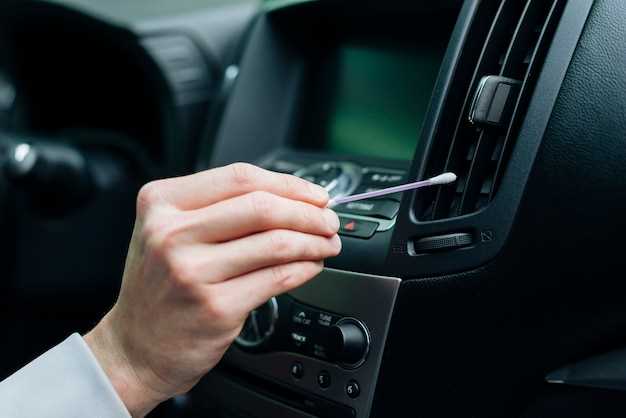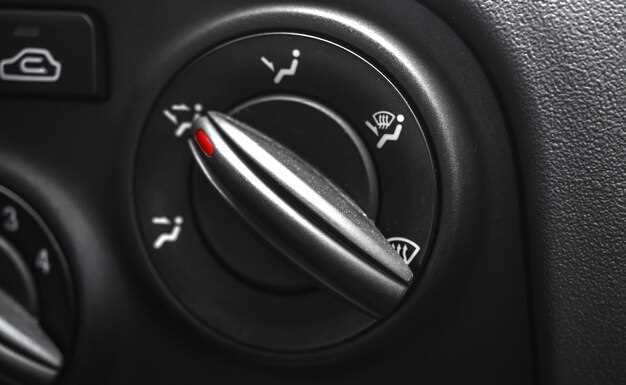
The interior of a car often serves as a canvas for personal expression and comfort. Whether preparing for a professional photoshoot or simply wanting to showcase your vehicle on social media, achieving impeccable interior detailing is essential for capturing close-ups that truly wow the audience. A clean and polished car interior not only enhances the visual appeal but also conveys a sense of pride in ownership.
By focusing on key areas such as upholstery, surfaces, and accessories, you can elevate the overall aesthetic of your car’s interior. Utilizing the right tools and techniques will not only ensure a thorough clean but also make the interior shine in photographs. This article will explore effective tips and tricks for interior car detailing that will lead to stunning captures, highlighting the importance of preparation, lighting, and composition when showcasing the beauty of your vehicle.
From selecting the best cleaning products to understanding the nuances of light reflection on various materials, every detail matters when aiming for those jaw-dropping close-ups. Prepare to transform your car’s interior into a picture-perfect backdrop that will leave your viewers in awe.
Choosing the Right Lighting for Interior Photography

When it comes to capturing stunning close-ups of your car’s interior, lighting plays a crucial role. The right lighting can enhance details, create depth, and dramatically improve the overall quality of your photos.
Here are some tips for selecting the best lighting for your interior car photography:
- Natural Light: Utilize natural light whenever possible. Parking your car near a window or in an open area during golden hour can provide soft and flattering light.
- Backlighting: Experiment with backlighting to highlight textures and materials. Positioning the light source behind certain elements can create an appealing glow and add depth to the image.
- Diffused Light: Use diffusers to soften harsh light. This can be achieved with translucent sheets or even a white cloth placed between the light source and the subject.
- Reflectors: Employ reflectors to bounce light back into shadowed areas. This technique can help illuminate specific parts of the interior, making them stand out in close-ups.
- Artificial Lighting: If natural light is inadequate, consider using LED panels or softboxes. Adjustable lighting allows you to control brightness and create the desired atmosphere.
By carefully choosing your light sources, you can highlight the intricate details of your car’s interior and achieve stunning close-up shots. Combining different lighting techniques will also allow you to experiment until you find the perfect setup for your photography style.
Essential Tools for a Flawless Interior Finish
Achieving a pristine interior in your vehicle requires the right set of tools. Here’s a comprehensive list of essential items that will enhance your detailing process, providing a stunning finish.
Vacuum Cleaner: A powerful vacuum cleaner designed for automotive use is crucial. Look for one with various attachments to reach tight spaces, ensuring every corner is free of dirt and debris.
Microfiber Cloths: These cloths are indispensable for cleaning surfaces without scratching. Use dedicated ones for different areas, such as glass, upholstery, and dashboard, to prevent cross-contamination.
All-Purpose Cleaner: A quality all-purpose cleaner is vital for tackling various stains and grime on different materials. It’s effective on plastic, fabric, and leather, making it versatile for complete interior applications.
Detailing Brushes: Invest in a set of detailing brushes with soft bristles. They are perfect for dusting delicate areas like vents, trims, and seams, ensuring a thorough clean without damage.
Steam Cleaner: For deep cleaning and sanitizing, a steam cleaner is unparalleled. It removes stubborn stains and odors while being eco-friendly, as it uses only water and heat.
Leather Conditioner: If your car has leather seats, a high-quality leather conditioner is essential for maintaining their appearance and preventing cracking. It nourishes the material and enhances its longevity.
Glass Cleaner: A streak-free glass cleaner ensures transparent surfaces shine. Use a separate microfiber cloth for windows to avoid leaving lint behind after cleaning.
Odor Eliminator: Eliminate unwanted smells with an effective odor eliminator. This tool helps refresh the interior air quality, making your vehicle more pleasant for occupants.
Utilizing these essential tools will significantly elevate your interior detailing efforts, providing a flawless finish that impresses and stands out in photographs.
Capturing Textures and Details in Close-Up Shots
When detailing an interior, close-up shots can reveal the intricacies and nuances that make a car’s environment truly appealing. To effectively capture these textures and details, focus on a few key aspects.
Lighting plays a crucial role in enhancing the visibility of textures. Natural light is often ideal; however, if the interior is shadowed, additional diffuse lighting can help illuminate surfaces without harsh glares. Positioning your light source at an angle can also highlight textures and create depth in the image.
Consider composition carefully. Fill the frame with the texture you want to showcase, whether it’s the grain of leather, the smoothness of a dashboard, or the sparkle of polished metal. Use the rule of thirds to create visual interest and draw the viewer’s eye to significant details.
Camera Settings should be optimized to achieve the best results. A macro lens can help you get exceptionally close to the subject, allowing for sharper focus on fine details. Adjust the aperture to a lower f-stop number to create a shallow depth of field, which blurs the background and accentuates the textures in focus.
Focus on details that tell a story about the car’s interior. Look for worn areas, stitching, or unique design elements that reflect the vehicle’s character. These subtle cues can add emotional depth to your photographs and engage viewers.
Finally, consider using a tripod to stabilize your camera, especially in low-light conditions. This will prevent blur and ensure your close-up shots are crisp and clear, making the interior details pop in your captures.





